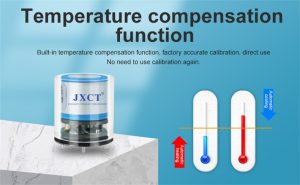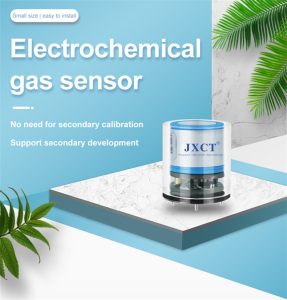Toxic gases are a major hazard in many industrial environments. These gases can pose serious health risks to workers and can also have negative impacts on the environment. As a result, it is essential for factories to have effective systems in place for monitoring and controlling toxic gases. In this article, we will explore the various methods that factories use to monitor toxic gases.

Gas Detectors
Gas detectors are one of the most common tools used to monitor toxic gases in factories. These devices can detect a wide range of gases, including carbon monoxide, hydrogen sulfide, and nitrogen dioxide. There are two main types of gas detectors: fixed and portable.
Fixed gas detectors are permanently
installed in specific areas of the factory where toxic gases may be present. These detectors continuously monitor the air for the presence of toxic gases and can trigger an alarm if dangerous levels are detected. Portable gas detectors, on the other hand, are handheld devices that can be carried around the factory by workers. These detectors are particularly useful for tasks such as maintenance and inspection.
Air Sampling
Air sampling involves collecting air samples from various locations in the factory and testing them for the presence of toxic gases. This method is often used when toxic gases are present in low concentrations or when the factory is located in a confined space. Air sampling can be done manually using handheld pumps or automatically using air sampling systems.
Manual air sampling involves attaching
a pump to a sample collection device and drawing air into the device. The sample is then sent to a laboratory for analysis. Automatic air sampling systems, on the other hand, continuously collect air samples and analyze them in real-time. These systems can provide immediate feedback on the levels of toxic gases in the factory.
Continuous Emissions Monitoring Systems (CEMS)
CEMS are designed to continuously monitor the emissions of toxic gases from a factory and send real-time data to a central control system. These systems are required by law in many countries and are typically used in large industrial facilities that emit significant amounts of toxic gases.
CEMS typically use a combination of sensors
analyzers, and software to monitor emissions. The sensors detect the presence of toxic gases in the factory, while the analyzers measure the concentration of these gases. The software processes the data and sends alerts if dangerous levels of toxic gases are detected.
Infrared Cameras
Infrared cameras can be used to detect the presence of certain gases by measuring the temperature of objects in the factory. When certain gases are present, they can alter the temperature of nearby objects. Infrared cameras can detect these temperature changes and provide an indication of the presence of toxic gases.
Sniffers
Sniffers are handheld devices that can detect the presence of small leaks in pipes and other equipment. These devices use a probe to sniff out the air around the equipment and detect any escaping gases. Sniffers are particularly useful for detecting leaks in equipment that is difficult to reach or inspect visually.

In conclusion
factories use a range of methods to monitor toxic gases. Gas detectors, air sampling, continuous emissions monitoring systems, infrared cameras, and sniffers are all commonly used in industrial environments. By monitoring toxic gases effectively, factories can ensure the safety of their workers and minimize their impact on the environment.
 : +86 155 8830 2704
: +86 155 8830 2704 : jxdziot@gmail.com
: jxdziot@gmail.com
